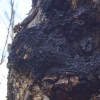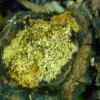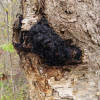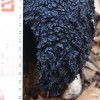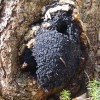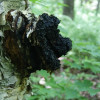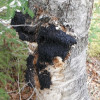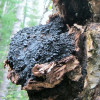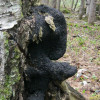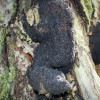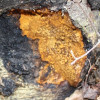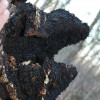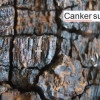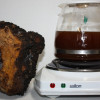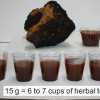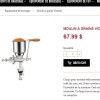Edible, therapeutic and toxic mushrooms
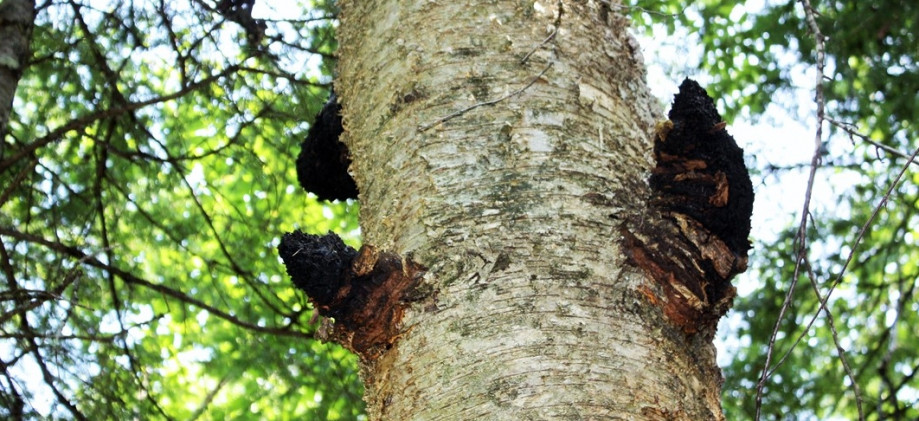
Habitat
The Chaga’s habitat is the transitional forest climatic zone, where it colonizes the living trunks of white and yellow birch.
The mycelium invades the outer rings of the trunk, turning them black like the fruit bodies the Chaga produces. These increase in size each year; growth can extend over several decades, resulting in fruit bodies that may exceed weights of five or ten kg.
Fruit body
A black canker at various heights on the trunks. Cracked surface with the appearance of coal.
Comments
Send a comment
Chaga exists in two forms: the mushroom form is much rarer and is not the subject of this publication; the chancre form is described here and is well known to amateurs.
Harvesting takes place in the cold period of the year, from the end of October to mid-April, when the therapeutic properties are at their highest concentration. The old dried fruiting bodies on the trunks have lost much of their properties. Once picked, chaga cankers should be kept frozen or sliced and dehydrated.
Chaga
herbal teas must be prepared at a temperature not exceeding 80 ° C, in order to retain all the therapeutic properties of the product. The chaga pieces can be ground using the mill used to grind malted barley.
For more information, consult the book by Roger Larivière “Chaga in real life”, May 2017.
For more informations
Formation
For those who wish to improve their knowledge, register for the Foundation's training program on this site and receive a certificate confirming the fruit of your efforts.














